Click on images to enlarge

Fig. 1. Schizotetranychus sagatus adult female - dorsal habitus.

Fig. 2. Schizotetranychus sagatus adult female empodia - dorsal view showing forked empodial claw and tenent hairs on lateral true claws
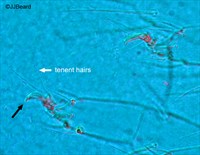
Fig. 3. Schizotetranychus sagatus adult female empodia - detail of lateral view.
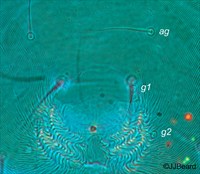
Fig. 4. S. sagatus - adult female, pregenital striae
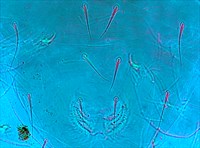
Fig. 5. Schizotetranychus sagatus adult female - detail of dorsal setae.
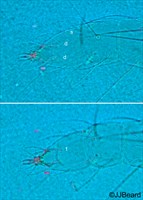
Fig. 6. Schizotetranychus sagatus adult female - detail of tarsus I (showing proximal setae; d = duplex setae; s = solenidion)
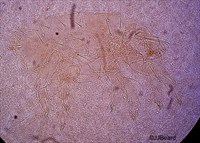
Fig. 7. Schizotetranychus sagatus adult male - lateral habitus.
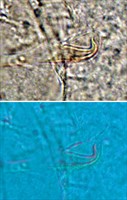
Fig. 8. Schizotetranychus sagatus adult male - detail of aedeagus.
Material examined
types
Taxonomy
Subfamily Tetranychinae
Tribe Tetranychini
Distribution
*Australia: south eastern Queensland
Taxonomy Changes
None
Diagnosis
Female (Fig. 1)
- empodia I-IV - forked, thick, weakly curving, claw-like, without associated fine hairs; empodia divided/forked from near base (very short undivided basal stalk) (Figs 2, 3, 6)
- pregenital striae fine, transverse (Fig. 4)
- peritreme usually ending in short distal hook, like golfclub
- palp with conical spinneret twice as long as wide
- dorsal opisthosomal striae transverse, without lobes
- dorsal setae with slightly swollen bases, tapering evenly to fine point, almost entirely smooth (Fig. 5)
- central dorsal setae shorter than distance to base of next seta; lateral setae only just reaching base of next seta
- tarsus I short, stout
- tarsus I with the sockets of one tactile seta and one solenidion proximal to the socket of the proximal duplex seta (+ one tactile seta adjacent to the prox. duplex seta) (Fig. 6)
- tarsus II with the socket of one solenidion proximal to the socket of the duplex seta (+ one tactile seta adjacent to duplex seta)
- tibiae I-IV 8(1+0), 5, 5, 5
- pale yellow-green with lateral black spots
- eggs round, slightly flattened dorsoventrally, without dorsal stipe
Male (Fig. 7)
- empodia I-IV as in female, but more strongly curved
- peritreme ending in short distal hook, like golfclub
- palp with small spinneret 2-3 times as long as wide
- tarsus I with the sockets of one tactile seta and two solenidion proximal to the socket of the proximal duplex seta
- tarsus II with sockets of two solenidia proximal to the socket of the duplex seta (+ one tactile seta adjacent to the duplex seta)
- tibiae I-IV 9(2+0), 6(1+0), 5, 5
- aedeagus dorsally directed in short sigmoid curve, tapering gradually towards blunt tip, tip directed posteriorly (Fig. 8)
Hosts
*Themeda australis (Poaceae)
Similar Taxa
Schizotetranychus sagatus generally resembles Sch. spiraefolia Garman in USA on Spiraea latifolia (Rosaceae), and Sch. andropogoni (Hirst) in India on Andropogon annulatus and Saccharum spontanum (both Poaceae). However, it can be separated from both these species using leg chaetotaxy, female spinneret lengths and by the lengths of the central dorsal setae.
Biology
Schizotetranychus sagatus occurs on the ventral surface of leaves, forming small colonies, each protected by a closely woven silken cover. These patches of webbing appear as a series of oval, white spots along either side of the midrib.
References
*Davis, J.J. (1969) Studies of Queensland Tetranychidae (Acarina: Prostigmata) 6. A new gneus and five new species of spider mites from native plants. Memoirs of the Queensland Museum 15: 165-183
Copyright © 2018. All rights reserved.